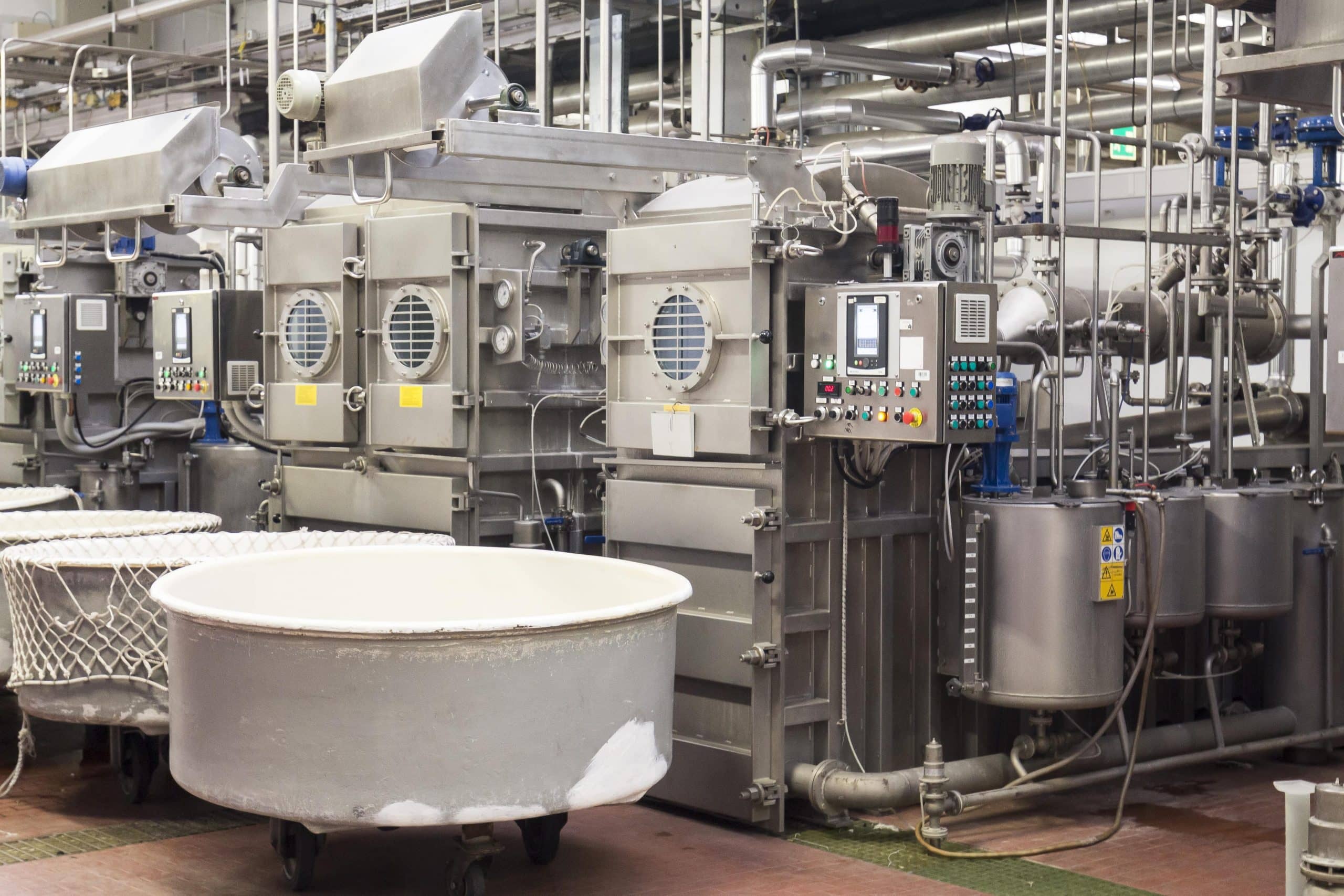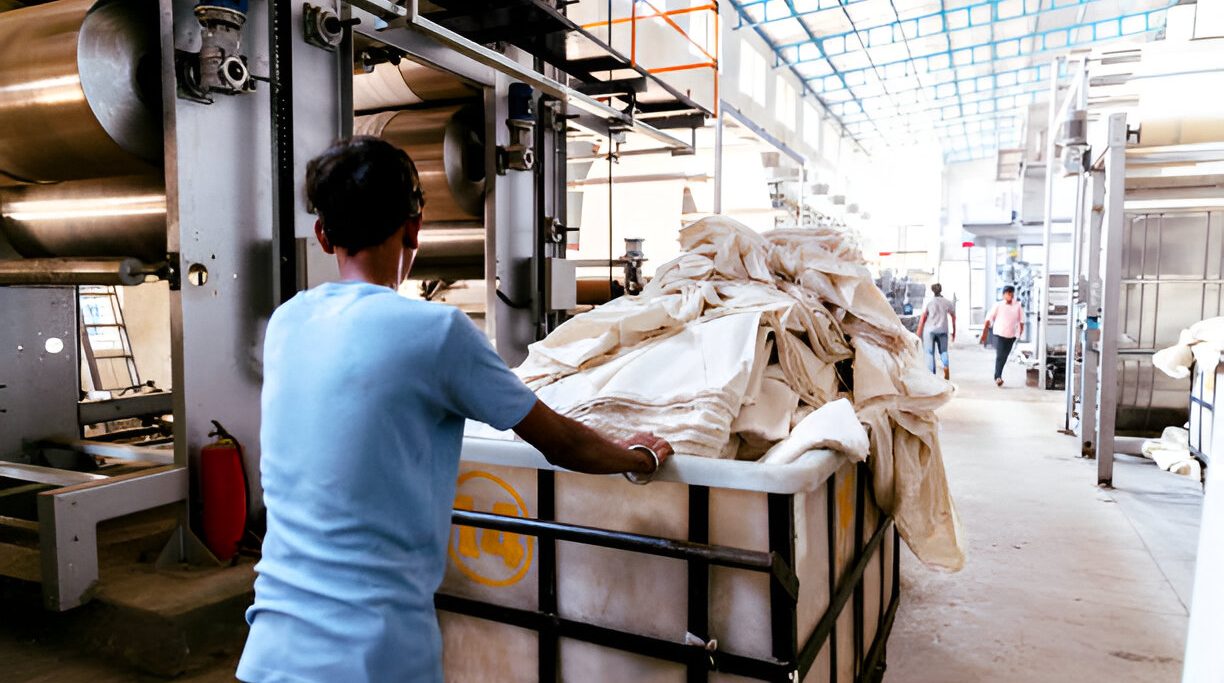We love to wear our colorful dresses everyday. But do you know how it got the color? It is the dyeing process that adds beautiful color to your clothes. Dyeing can be performed at different stages of the manufacturing- either in cotton fiber, yarn, or in the fabric stage, depending on the requirements. In this blog, you will learn about the most efficient and commonly used process for imparting color to the clothings- the fabric dyeing process.
Until 1856, all textiles used throughout the world were natural dyes. Either they came from animals or plants. Although these materials worked well with the natural fibers, but the variation in the quality and the results declined the use of these dyes. Compared to synthetic dyes, natural dyes require a metallic salt called mordants to produce colorfastness. They are very toxic and can damage the environment. Besides, synthetic dyes are economically friendly and come in a variant of colors. Hence, the introduction of synthetic dye was the reason for the downturn in natural dyes. But the application of natural dyes is still found in different parts of the world.
Fabric dying is the most adaptable method. There is less fashion risk as the color is added after production. The manufacturer can also store the undyed products and add the specified color according to the different orders. Dyes diffuse into the chemical molecular structure of the textiles to produce the color of the desired clothes. Dyes are fiber specific as the dye-fiber molecular interaction decides the degree of colorfastness. The other material that imparts color to the textile product is pigments. Pigments are used with binders that produce the permanent color on textile products. Unlike dyes, pigments are not fiber-specific.
After fabrics are knitted or woven, most of it needs to be pre-treated. The methods involved in pre-treatment processes are:
- Singeing: Singeing is done to abolish the protruding fibers from the fabric surface, thus making the surface smooth and even. The fabric is passed over heated copper plates and open gas flame one side at a time.
- Desizing: After singeing, fabrics are driven into the desizing area. During the weaving process, sizing is done to withstand tension during weaving and reduce breakage. It includes a coating on the wrap yards that need to be removed before dyeing or using any chemical in wet processing. Desizing process destroys the starch by amylase enzymes, thus making it suitable for dyeing.
- Scouring: Scouring is the process of removing natural and add on impurities (oil, wax, gum, fat) from the textile. The unwanted impurities stored on the fabric can bring uneven texture or finishing to the product. Hence, scouring is done with detergents and alkaline solutions to abolish excess chemicals and soil. Wet scouring is efficient and easily processed than dry scouring.
- Bleaching: After Scouring, comes the bleaching process. Bleaching destroys the natural coloring agents of the grey fabrics that remove the discoloration and imparts white color to them. There are two types of bleaching agents- oxidizing agent and reducing agent, depending on the fibers. Bleaching should be done before dyeing as it gives bright and shiny color to the finished product.
- Mercerizing: Mercerizing is a treatment for textile fabrics that gives a lustrous appearance to the fabrics. The process is applied to cellulosic material like cotton. It alters the chemical structure of the cotton fibers. It is treated with sodium hydroxide to cause the swelling of the fibers. It improves the strength and dye affinity.
Now, as the fabric is free of hairiness and impurities, it is ready to go for dyeing.
Dyeing is the most challenging process in the textile industry. Most of the defects can be prevented in the pre-treatment processes as it is the first stage of dyeing and further processes are dependent on its effectiveness. Other defects are also caused due to the chemical used, inadequate color concentration and ratio, temperature, and time, machine inefficiency.
For more clarity, listing the major defects found on the dyed fabrics.
- Uneven dyeing: These are the uneven patches on the surface of the fabric.
- Color Bleeding: Remember your mom screaming at the quality of the dye after washing a dupatta or any other cloth that transforms its color to other dipped clothes. That is color bleeding. The color of one fabric transforms onto another fabric when the fabric is wet.
- Color Crocking: It is similar to Color Bleeding. But unlike bleeding, crocking occurs when the excess dye of one dry fabric surface rubs off onto another dry fabric surface. Say, if you are wearing a red long kurta and white jeans. After you remove your kurta you may notice a red stain on your jeans as it was in contact with the jeans.
- Off Shade: This is caused when the color doesn’t match with the standard color or the reference sample.
- Shade Bar: It is the change in shade horizontally across the fabric.
- Shading: It is the variation of the shade of the color on the fabric either horizontally or vertically.
- Stained: It is the discoloration caused due to foreign particles like dirt, grease, or residue of sizing.
- Streaked: Streak is the effect of stained or uneven dyeing caused due to the folds on the fabric in the dyeing process.
- Spot: This is the dye spot on the fabric surface caused due to the improper mixing and dissolving of dyes.
If any of the dyeing defects along with the other fabric and finishing defects are found, the factory may need to re-dye the whole batch and the company may face a huge loss in terms of money and time. That’s why suppliers need to take care of each step to prevent these defects and meet customer’s expectations.
Once the fabric is dyed, the next thing that comes into our mind is the sustainability of the materials. By producing minimal waste, we can make our environment healthy and clean. Some of the technologies recently introduced to streamline the processes are:
- IndiDye:- It was introduced in 2018 by a Norwegian textile company. It is a technology that combines natural colors and ancient dyes with an innovative new ultrasonic fiber-dyeing process. It is a sustainable dyeing solution to make a positive impact on our environment.
- DyeCoo’s CO2 Dyeing:- It is the world’s first 100 percent water-free and chemical-free textile processing solution. It is also found that CO2 dyeing doesn’t need chemicals to dissolve dyes. The efficient dye use, no wastewater treatment leads to reduce operating cost.
- Project FLX:- It replaces the labor-intensive manual finishing techniques into an automated digital laser-based system. Project FLX shortens the time to market and cuts chemicals from the finished products.
- Digital Textile Printing:- As the name suggests, it is a process of printing on textiles. It requires thin ink formulations and, the colors must be of small particle size since those would otherwise block the nozzles. By using digital textile printing, high-quality fabrics are achieved that meet the demand of the customers.
A collaborative effort from brands, textile manufacturers, retailers can make a difference in the standard of sustainable products.
So, this is all about dyeing. Wait! since now you know about the interesting story behind the color of your apparel. Don’t forget to share it with your friends.



